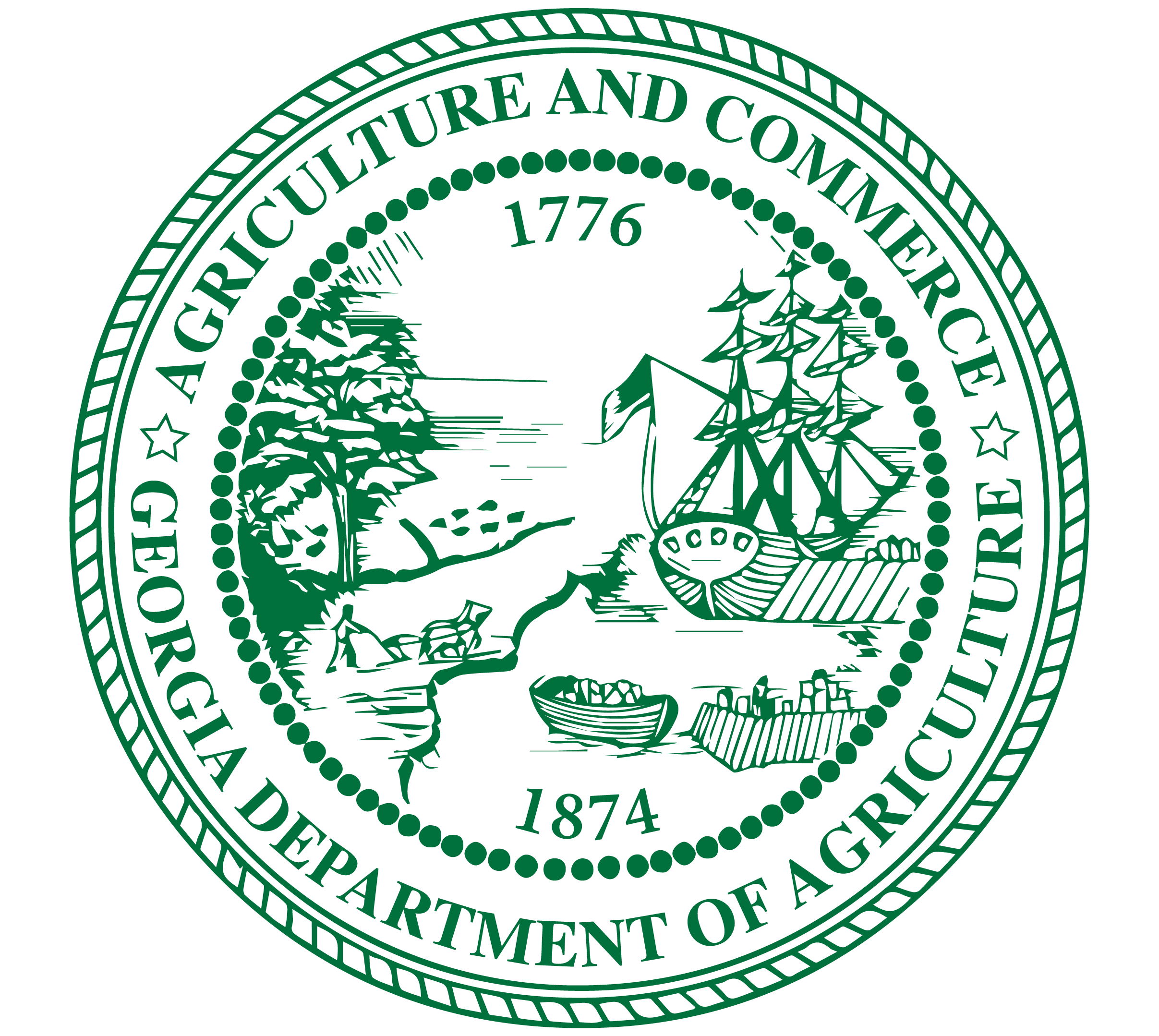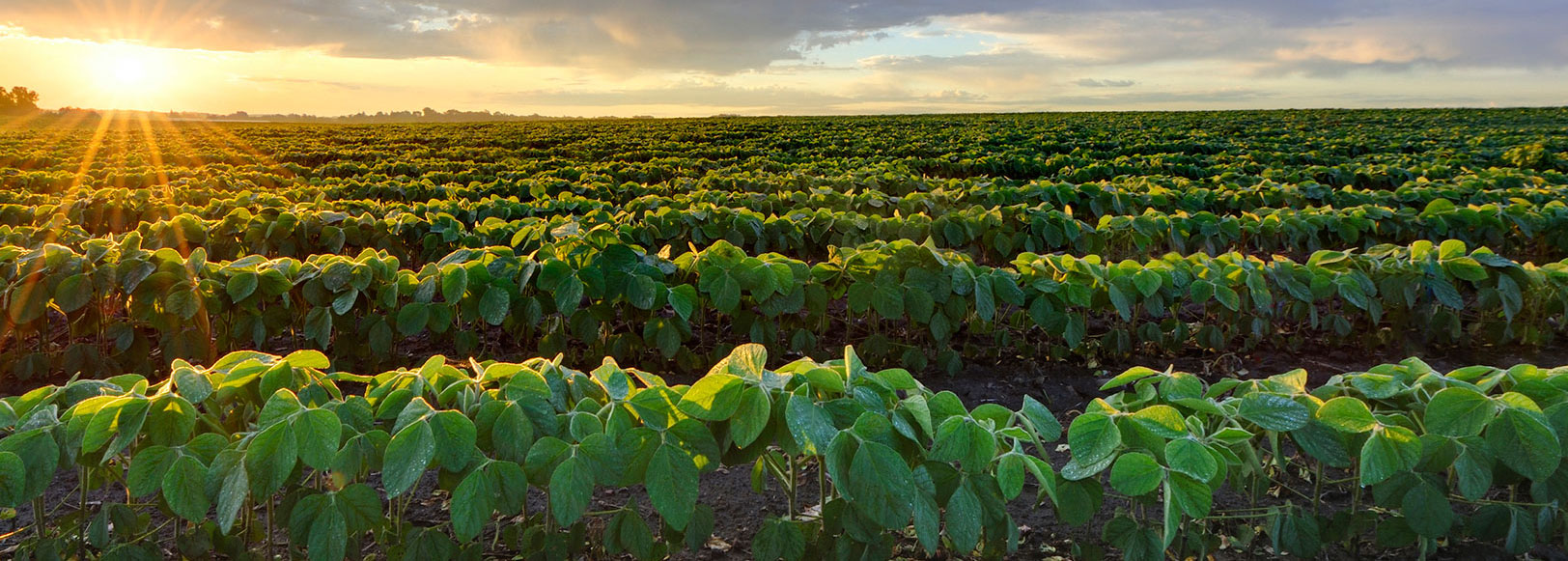All potentially hazardous foods, except those prepared for immediate consumption, must be maintained in a manner that prevents the growth or development of bacteria. When holding foods for service, such as on a buffet line or a holding unit, keep hot foods hot and cold foods cold.
To ensure foods do not remain at temperatures favorable to bacterial growth, follow these guidelines.
Hot-holding equipment must be able to keep foods at 135°F or higher.
Cold-holding equipment must be able to keep foods at 41°F or colder.
Hot-Holding Guidelines
-
Stir the food at regular intervals to distribute heat evenly throughout the food.
-
Keep food covered to retain heat and keep potential contamination from falling into the food.
-
Use a food thermometer to measure the food’s internal temperature every 2 hours.
-
Discard any hot food after 4 hours if it has not been maintained at 135ºF or higher.
-
·Never use hot-holding equipment to heat or reheat foods. Foods must be heated to the required internal temperatures for specific food type 135ºF-165ºF (refer to cooking and reheating charts), and then transferred to the hot-holding equipment. Never mix freshly-prepared food with foods being held for service as this could contaminate foods.
Cold-Holding Guidelines
-
Protect all foods from possible contamination by covering them or using food shields.
-
Use a food thermometer to measure the food’s internal temperature every 2 hours. Take corrective action whenever the temperature of a cold food item goes above 41ºF.
-
Never store food items directly on ice. All food items, with certain exceptions, should be placed in pans or on plates when displayed. Ice used for display should be self-draining, and all pans and plates should be sanitized after each use.
-
Never use display refrigerators or freezers to cool food. Hot foods can raise the temperature of the unit and endanger all foods stored there.
The temperature danger zone is defined as the temperature between 41ºF to 135ºF.
Foods left too long in the danger zone can cause foodborne illness.
Whenever dealing with questionable hot-holding and cold-holding practices, always resolve the issue in favor of food safety. Always use cleaned and sanitized utensils and equipment. It is better to discard potentially hazardous foods than risk your customers’ health and safety. One way to avoid discarding too much food is to prepare and cook only as much as you will use in a short time.


